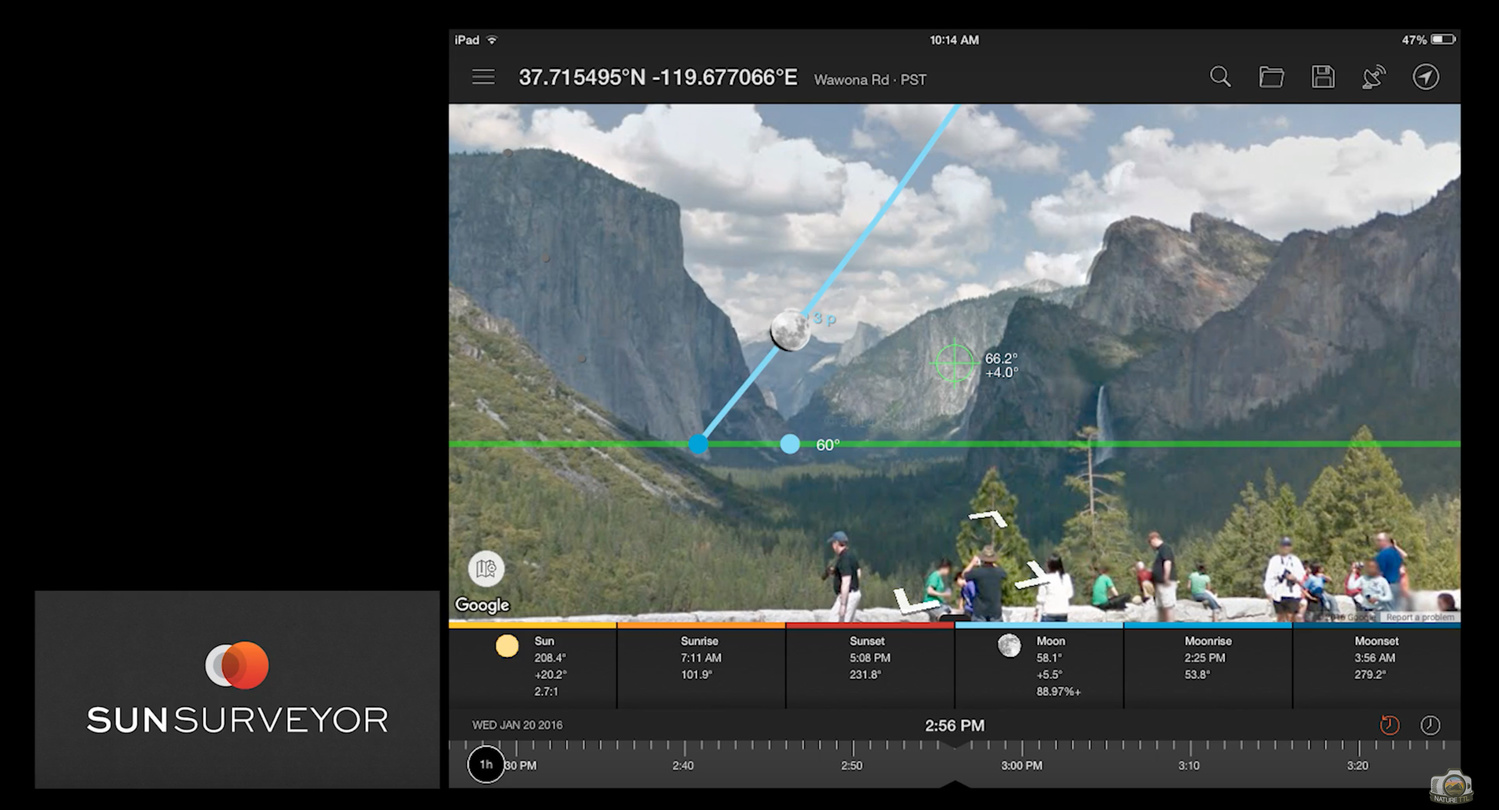In the wake of 2017’s only supermoon, which rose on December 3rd, NatureTTL has released a new video detailing to photographers how to plan for, and execute, a great moonrise or moonset landscape photo. For photographers wanting to branch out into a new type of photography, these tips are great for understanding how and when the moon will rise and set, and where to be to get that perfect shot.
The main obstacle when planning for a perfect moon photo is being able to predict exactly when and where the moon will rise and set on the horizon. NatureTTL suggests using apps like Sun Surveyor which will show you precisely how many degrees off true north the moon will rise or set, allowing you to position yourself for a great shot.

Another tip that NatureTTL gives is to preplan your photo accordingly, especially if you’d like to include a foreground object in your moonrise or moonset photo (like a mountain or building). You can do this by utilizing the Google Street View feature within Sun Surveyor, or by heading to a chosen location one to two days prior to the actual full moon, and do a practice run so you know how high the moon will be at a specific time.
In their video, Nature TTL offers a few other great tips to get you started on photographing the moon. If you’re interested in learning more about landscape, wildlife, or macro photography check out NatureTTL’s YouTube channel for more great tutorials and information.






I'll take this a little farther. Wiki has the average times for every phase of the moons.